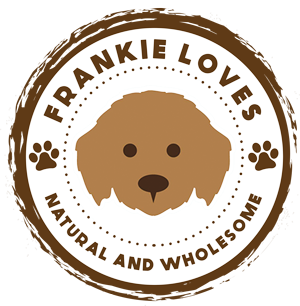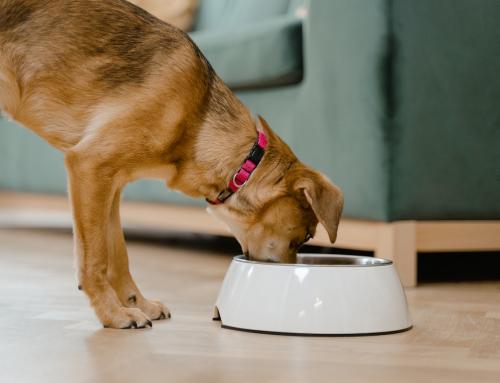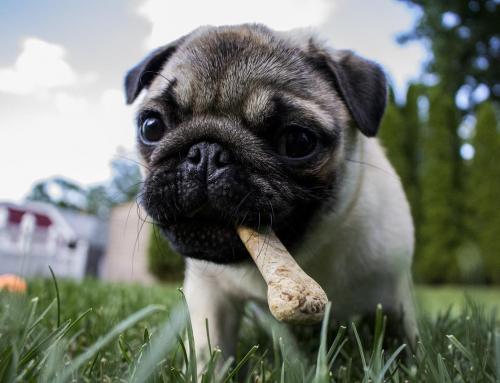One of the best things you can do for your pet’s long-term health is to switch to raw food. This is because it all stems from the environment. Raw food is the most natural diet for dogs and cats.
Domestic cats and dogs share genetic similarities with their wild relatives. While each pet and person is unique, it’s worth considering converting to a “raw food” diet for a better lifestyle for cats and dogs.
Read on to discover everything you need to learn about the “raw food” diet for pets.
The Fundamentals of Raw Dog (or Cat) Food
We recommend that you start your pet on a raw diet with a single protein, such as chicken, because it’s easily digestible and has soft bones. This is for the reason that easing your pet into an overhauled diet means doing so gradually. As such, look into ways to make the transition pleasant for your pet’s digestive system as well as their temperament.
The 1st Week of the Transition Phase
There are two ways to incorporate this into your pet’s diet: feeding in moderation or mixing food combinations. Read about them below:
a) Feeding in Moderation
On the first day, feed half the suggested amount of raw dog food and gradually increase it; on the second day , provide two-thirds of the amount; and on the third day, feed the entire amount.
It’s acceptable if one meal per day works for you and your pet. Because each animal is unique, if your dog isn’t ready to progress after the first week, continue feeding him a single protein until you both are.
b) Mixing Combinations of Raw Dog Food
Begin by mixing raw and conventional pet food for a few days to gradually introduce raw food to your dog.
In the morning, feed a little amount of raw minced beef, followed by your pet’s regular diet. Provide more fresh food than old stuff every day. After three days, just feed raw food. Because raw meat and aged meals digest at different rates, they should not be combined. Separate raw and rotten goods.
Now that you’ve gradually introduced raw dog food and your dog’s digestive tract has acclimated, it’s time to move forward.
The 2nd Week of the Transition Phase
The second week of this transition phase involves protein sources. Introduce additional protein sources as your pet develops accustomed to raw chicken. We recommend a chicken and beef mix for breakfast. Dinner should consist entirely of chicken. You can eliminate any proteins that your pet dislikes and help them acclimate to new meals without overwhelming their digestive systems by introducing different proteins one at a time.
You should not be concerned if some protein sources do not agree with your dog’s digestive tract at this point. After a few weeks, try this beef again.
The 3rd Week of the Transition Phase
In week three, try something new. Your pet can now eat bone-based diets. Begin with a chicken carcass. Individual or bulk chicken carcasses for dogs are available online.
Examine your dog’s feces to see if it is digesting bones properly. If there is bone in their stools, this indicates that their digestive tract is not yet ready for bone; try bone again when both you and your pet are ready.
The 4th Week of the Transition Phase
Closing in on the month of this transition phase, know that your pet may be able to eat solely raw foods by the fourth week. Your dog should now be used to raw dog food and be open to new flavours. Aside from duck and tripe, you may now combine a range of other combinations; we have a fantastic selection online.
Following soft-boned foods, add more substantial bones, such as lamb ribs. We recommend giving boneless meats after each bone-containing meal. Your pet can also now eat rabbit and fish in addition to bone-based diets.
Conclusion
Now, as a pet owner, you know how easy it could be to help transition your pet to the “raw food” diet. In fact, it could be done as quickly as four weeks (or a month). However, it’s worth noting that there’s no urgency to transition your dog to raw food, so if it takes longer than expected, wait a week and try again once they have adapted.
Are you looking for raw dog food in Perth? Frankie Loves Barkery offers a wide array of quality handmade and all-natural pet foods for your fur baby. Shop our collection today!




